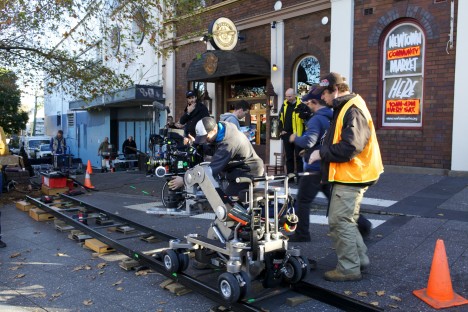Safety on Australian screen productions requires an industry-wide response
In the wake of a tragic workplace accident in the US, Screen Producers Australia CEO Matthew Deaner says safety on local sets comes down to a united effort.
Our rich history of screen content covers all aspects of Australian life, reaching into the diverse everyday experiences of our society, the ups and the downs, life and death, conflict and resolution, the day to day and the out of this world. So it is therefore inevitable that screen content will address situations of risk and peril, and will do so in the most realistic way possible.
This means that producers, in putting together the on-set arrangements that recreate life’s risks, are experts in how to create an illusion of danger, whilst ensuring the highest standards of safety.


